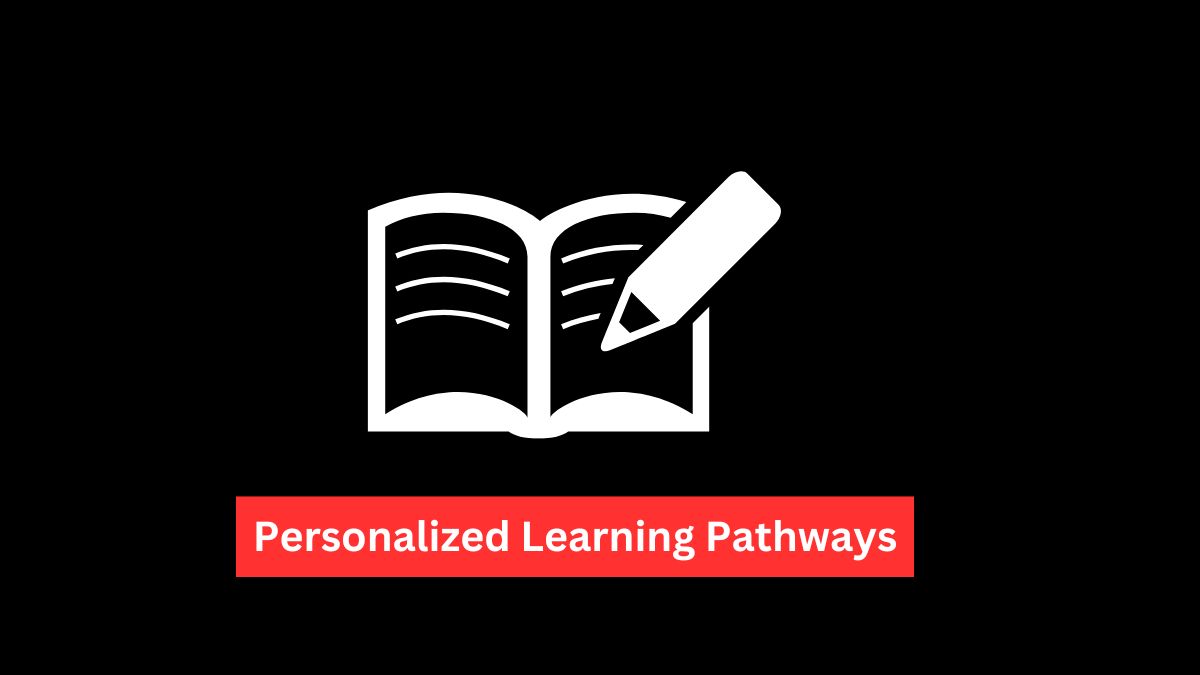In today’s diverse educational landscape, one-size-fits-all approaches just don’t cut it anymore. Personalized learning pathways are transforming how we educate by tailoring experiences to meet individual learner needs. This article explores the essence of personalized learning and provides actionable strategies for creating individualized learning experiences.
Understanding Personalized Learning
What is Personalized Learning?
Personalized learning is an educational approach that aims to tailor learning experiences to the unique needs, interests, and abilities of each student. It recognizes that every learner is different and seeks to create pathways that enhance engagement and effectiveness.
Benefits of Personalized Learning Pathways
The benefits of personalized learning are significant. It can lead to increased student motivation, better retention of knowledge, and improved academic outcomes. By focusing on the individual, personalized pathways can also foster a greater sense of ownership and responsibility for one’s learning.
Strategies for Creating Individualized Learning Experiences
Assessing Learner Needs
The first step in creating personalized learning pathways is understanding the specific needs of each learner.
Learning Styles and Preferences
Every learner has a unique style—some may prefer visual aids, while others thrive with hands-on activities. By identifying these preferences, educators can design more effective learning experiences.
Skill Levels and Knowledge Gaps
Conduct assessments to determine each learner’s current skill level and any gaps in knowledge. This information will guide the development of personalized learning plans.
Setting Clear Learning Goals
Establishing clear, achievable learning goals is essential. Collaborate with learners to set both short-term and long-term goals that align with their interests and aspirations. This shared ownership can increase motivation and commitment.
Designing Flexible Learning Plans
Creating flexible learning plans is crucial for personalization.
Incorporating Various Learning Modalities
Utilize a mix of learning modalities—visual, auditory, and kinesthetic—to cater to different preferences. For instance, combine video lectures, hands-on projects, and reading materials to create a rich learning environment.
Utilizing Technology and Tools
Leverage technology to enhance personalized learning. Tools like adaptive learning platforms can adjust content based on learner performance, ensuring a tailored experience.
Implementing Continuous Feedback
Feedback is vital in the learning process.
Regular Assessments and Check-Ins
Incorporate regular assessments to gauge progress and understanding. These can be formal tests or informal check-ins, like discussions or reflections.
Adaptation Based on Progress
Use the feedback from assessments to adapt learning plans. If a learner excels in one area but struggles in another, be prepared to modify the pathway accordingly.
Fostering Learner Autonomy
Encouraging autonomy is key to personalized learning.
Choice in Learning Activities
Give learners choices in how they complete tasks or projects. This can include selecting topics, formats, or even deadlines. Empowering learners to make decisions boosts engagement and accountability.
Self-Directed Learning Opportunities
Encourage learners to pursue self-directed projects or research in areas of interest. Providing resources and guidance allows them to take charge of their learning journey.
Tools and Resources for Personalized Learning
Learning Management Systems (LMS)
LMS platforms like Canvas or Moodle facilitate personalized learning by offering customizable course structures, tracking progress, and providing resources tailored to individual needs.
Online Course Platforms
Websites like Coursera and edX provide a wide range of courses that learners can choose from, allowing them to build personalized learning pathways based on their interests and career goals.
Collaborative Learning Tools
Tools such as Google Classroom and Padlet enable collaboration among learners, fostering an interactive environment where students can learn from one another while pursuing personalized paths.
Challenges and Considerations
Balancing Individualization with Curriculum Standards
While personalization is essential, it’s crucial to ensure that individual learning pathways align with broader curriculum standards and objectives.
Ensuring Equity and Access
Personalized learning should be accessible to all learners. Consider factors such as technology availability and differing educational backgrounds to ensure equity in access to resources.
Read Also:- Transitional Support for Special Needs Students
Training Educators and Facilitators
For personalized learning to succeed, educators need adequate training. Providing professional development opportunities helps teachers understand how to effectively implement personalized pathways.
Conclusion
Personalized learning pathways offer a powerful approach to education, enhancing engagement and effectiveness. By assessing learner needs, setting clear goals, and designing flexible plans, educators can create individualized experiences that truly resonate with students. Embracing personalized learning is not just beneficial; it’s essential for fostering a generation of motivated and empowered learners.
FAQs
How can I assess a learner’s needs effectively?
Use a combination of assessments, surveys, and informal discussions to gain insights into each learner’s preferences, strengths, and areas for improvement.
What tools are best for personalized learning?
Learning management systems (LMS), online course platforms, and collaborative tools can all facilitate personalized learning experiences.
How do I balance individual learning paths with group activities?
Incorporate group activities that allow for individual roles and contributions, ensuring that each learner’s strengths are utilized while still promoting collaboration.
What are the main challenges of personalized learning?
Challenges include balancing individualization with curriculum standards, ensuring equity in access, and providing adequate training for educators.
Can personalized learning be applied in online education?
Absolutely! Online platforms offer flexible options for personalized learning, allowing learners to progress at their own pace and choose content that interests them.

